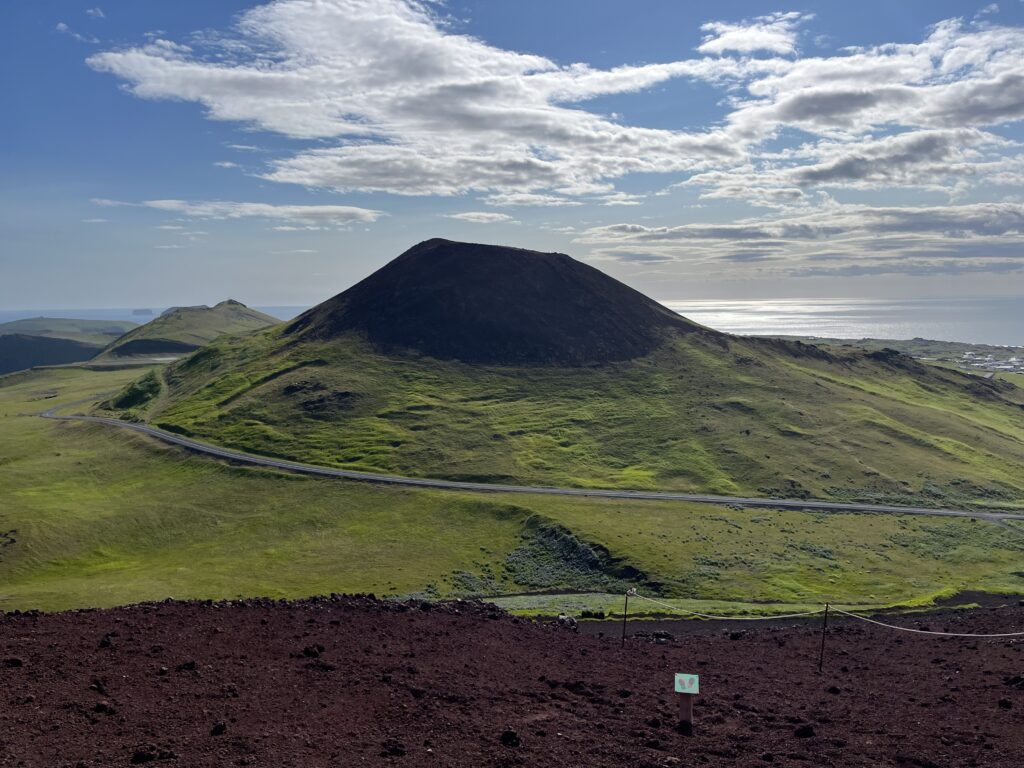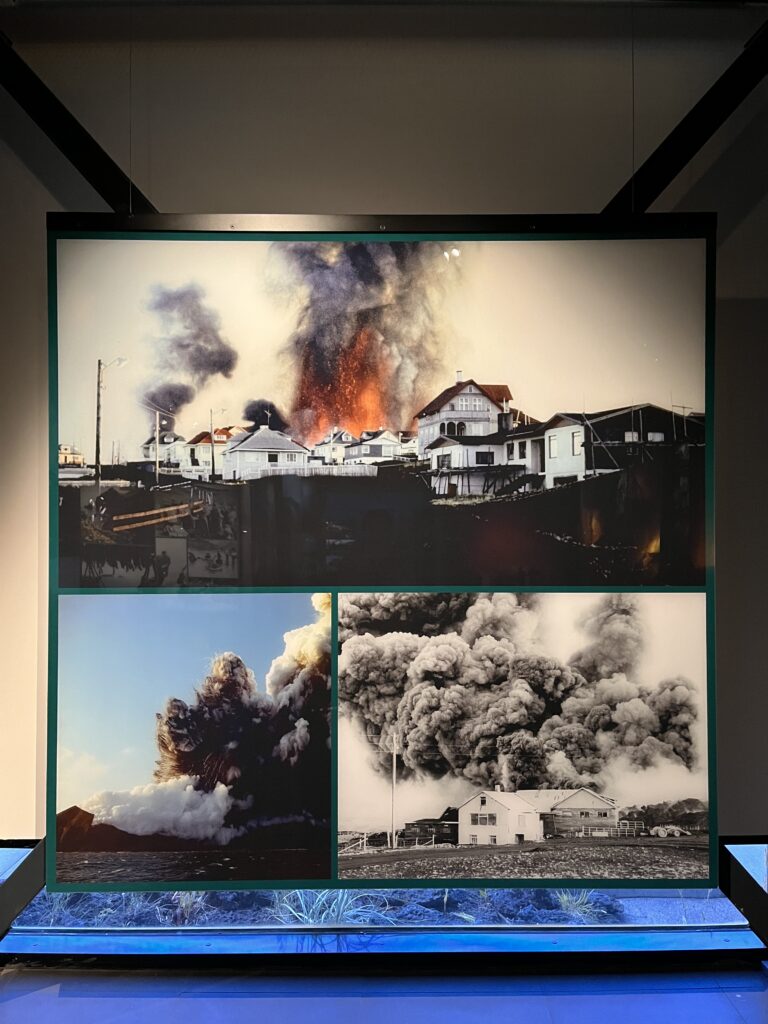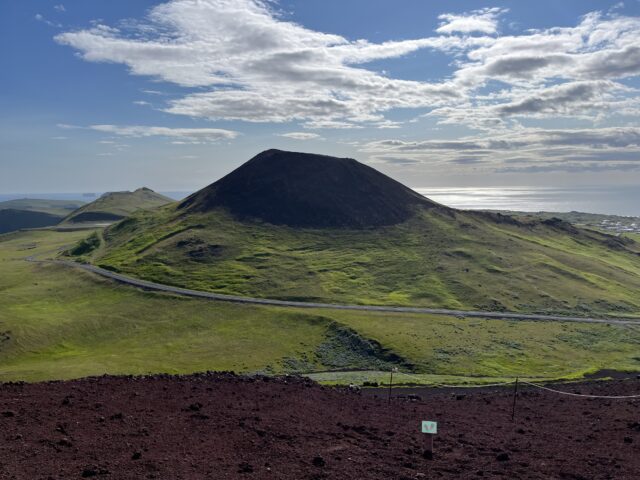Summary
After returning from Iceland, I jumped into working on the guide I mentioned in my previous blog post. It is titled “Seek the Sublime: A Guide to Awe, Wonder, and Terror.” The meaning of sublime varies from philosopher to philosopher, and has undergone so many iterations and expansions that there is even a text, Sublime in Modern Philosophy: Aesthetics, Ethics, and Nature by Emily Brady, that synthesizes all of these definitions and ‘reclaims’ the term as though it has lost its significance. Inspired by this synthesis and the often juxtaposing emotions of the sublime, I decided to base my guide on awe, wonder, and terror – the common, yet uncommon in their grouping (e.g. wonder and terror), tenets of the sublime. This guide initially started as an artistic encapsulation of my trip to Iceland and my learnings about the sublime, but has since evolved into what I predict to be a long-standing blog reflecting various trips. The title, Seek the Sublime, indicates action and is simultaneously ambiguous enough to discuss a range of topics, from variations of the meaning of sublime to numerous travel locations. The product manifestation of this broad denomination could be an extensive analysis of the sublime in nature experienced in various locations I visit, in addition to a curated collection of films, texts, and other visual elements that evoke the experience of the sublime. This latter part was inspired by a short NYT documentary I watched about screening nature films in prisons. Several prisons have transformed some of their rooms into pastel-painted, single-couched viewing rooms with large screen televisions that display nature recordings. This film shifted my perspective on the sublime and how it contributes to the formation of environmental behaviors by bringing forth the issue of accessibility. Sure, some people can’t afford to fly to Iceland to witness an erupting volcano – but, some people can’t even leave enclosed interiors to take a breath of fresh air at their own volition. How can we make access to nature and its psychologically transformative benefits increasingly accessible to people who are literally barred from it? This question is an extension of my current project and something I’d like to explore in future research and tutorials.


